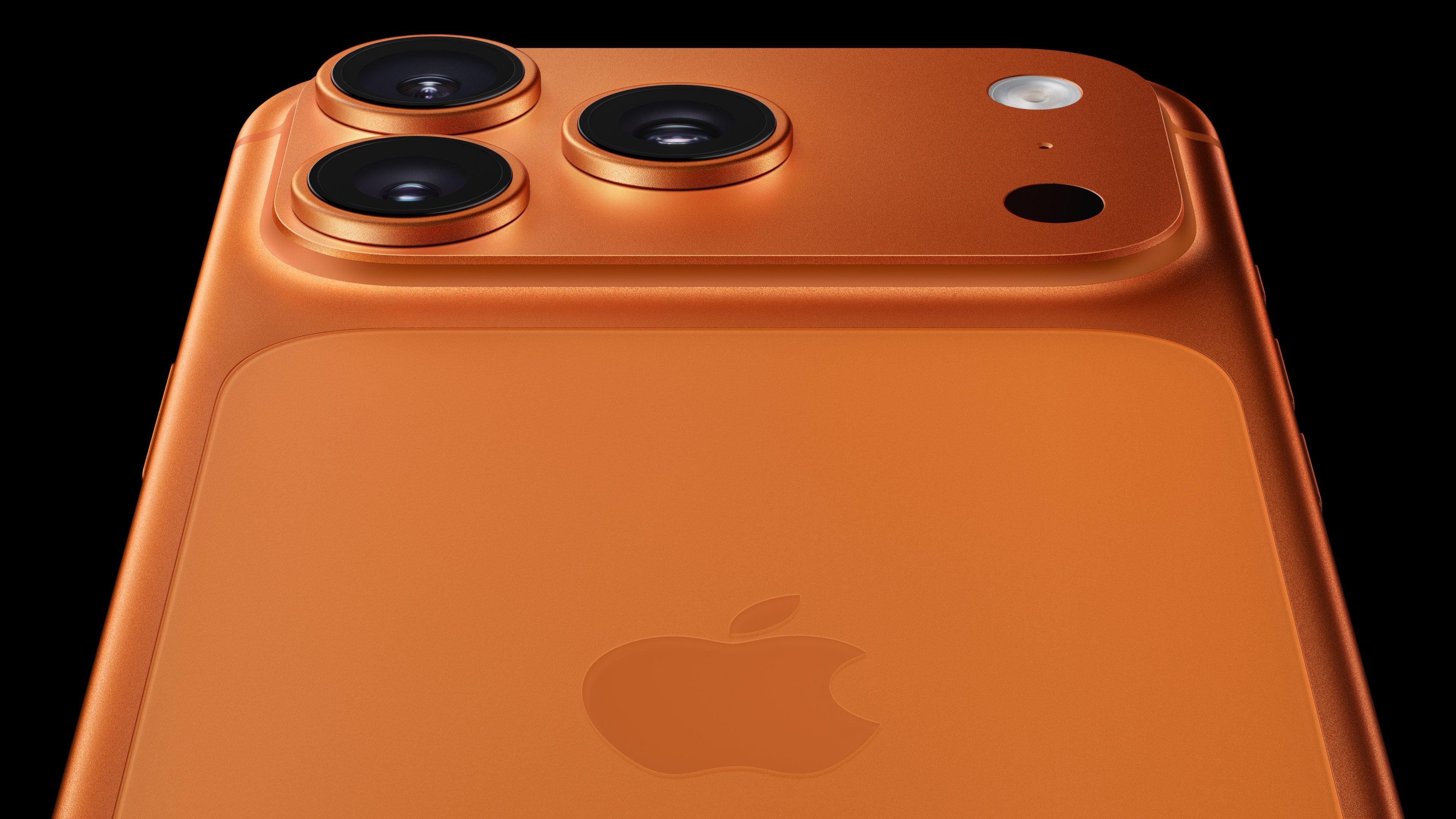There's been some debate on whether the lack of Touch ID in this year's Apple (AAPL +0.04%) iPhone X was due to a decision to forgo the technology in favor of the nifty new Face ID facial-recognition tech, or whether Apple's engineering team failed to get the technology to work in time.
Respected blogger John Gruber and TechCrunch editor-in-chief Matthew Panzarino say the former, while KGI Securities analyst Ming-Chi Kuo, Bloomberg reporter Mark Gurman, and former AnandTech smartphone editor Brandon Chester, along with The Wall Street Journal and many more, all say the latter.

Image source: Apple.
I likewise think there's a solid chance the "Apple couldn't get it to work" explanation is true. And if it is, it could mean that Touch ID will indeed make it to next year's iPhone X smartphones.
Apple has the time to get it right
Apple's Face ID technology found on this year's iPhone X is an incredible piece of technology, and I think it'll be a worthy substitute for Touch ID. Nevertheless, it's hard for me to discount what AnandTech's Chester said in the following tweet exchange:
Every other source has confirmed that disasters regarding the display (including Touch ID through glass) are responsible for the delay.
— Brandon Chester (@nexusCFX) October 1, 2017
If Apple wanted to include this technology badly enough in the new phone that it kept working on it until the very last minute, then it doesn't seem far-fetched for Apple to work to perfect this technology in the long year before the launch of the next-generation iPhone X.
Kuo recently said he believes there are two key factors that'll determine whether Touch ID makes it onto the next iPhone. The first is how well customers like Face ID. The second, and arguably more important is how quickly Apple can solve key technical issues with this technology.
Indeed, Kuo observes that Apple's 3D Touch technology -- a technology that Apple's competitors have largely passed on for their own flagship smartphones -- introduces an additional obstacle to the inclusion of an in-display fingerprint scanner.
"The iPhone's 3D Touch module makes the entire panel module even thicker, and could potentially undermine the scan-through performance of the under-display solution," Kuo writes.
Apple's marketing spin
One issue that Apple may face if it chooses to add an in-display Touch ID scanner in the next iPhone is that it spent so much time during its Sept. 12 product launch event talking up the improved security and convenience of Face ID relative to the old Touch ID technology.
Apple has several ways it could market the return of the technology. The first way would be to market it as giving customers additional choices. However, such a message would be a tacit admission that Apple no longer has the razor-sharp insight into how to advance technology that it had previously.
Apple's best bet would be to market it as a substantially more secure two-factor authentication system. Apple could talk about how Face ID alone is more secure in most cases than Touch ID, but that the combination of Face ID and Touch ID delivers the best of both worlds to customers, with the strengths of each technology offsetting the weaknesses of the other.
At any rate, I think Apple's marketing message was the right one to try to sell the product today, but the company shouldn't let what it said today keep it from adding cool new features to tomorrow's products.






